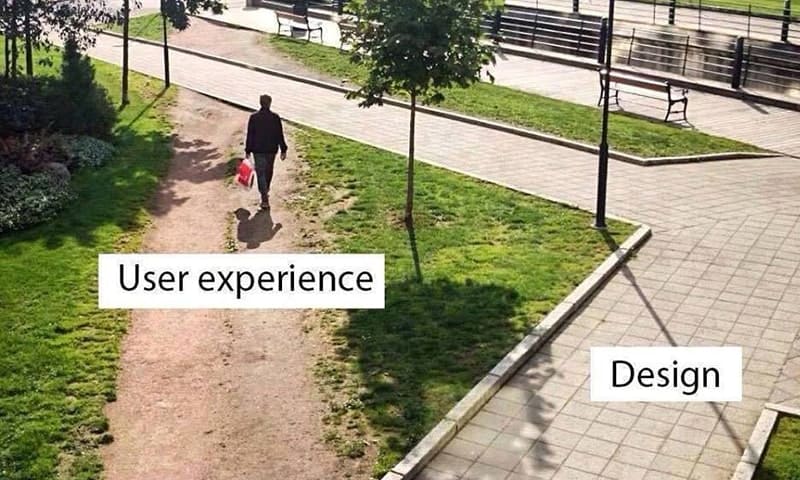How to Optimize Mobile App for a Better Performance

IT copywriter
Reading time:
Many companies give their mobile app development to inexperienced developers due to a lack of knowledge or because of their simplicity. Often this happens of a simple desire to save money. And as usual, business ends up paying ten times more for the “Fast. Good. Cheap.” offers.
The worst outcome is when an app doesn’t work for new users and customers. However, you can solve any problem, if you choose the right approach. Entrust your low-quality mobile app to a professional team of developers – they will fix or completely renovate it.
Let’s find out how to do mobile app performance optimization.
#1. Poor Mobile App UI/UX design
Imagine that a user downloads your app, opens it and… simply doesn’t understand what to do then. The problem is an unclear or supersaturated user interface.
Solution: App logic remodeling
An app has to be appealing and convenient. If not — get rid of it.
It’s necessary to rebuild the app logic starting from the requirement gathering and up to changing the ways of access to the menu and main app sections.
#2. Many bugs
When the app was approved by the App Store and Google Play — it seems the task is complete. However, a business observes that the number of refusals exceeds the number of downloads. Users complain about bugs in your software that were not mentioned before.
Solution: App testing and bug fix
Have you cut down expenses for testing? – This is the time to find the budget for it. Test your app for bugs and do usability testing. It can help to anticipate possible mistakes. Additionally, you can build a bug reporting tool into the app.
#3. Bad app architecture
Gaps in the app’s architecture lead to problems of how the app works on different mobile devices. For instance, a Samsung user can easily open the app whereas a Huawei user cannot. If you have a weak app architecture without a certain degree of flexibility, it may be technically impossible to add new functionality or new deployment environments in the future.
Solution: Refactoring
When the internal app structure suffers, refactoring can help. Refactoring is the process of restructuring an existing problematic code without adding new features. Experienced mobile developers can scan a code in your app and improve it via refactoring.
#4. Lots of self-made classes
Is your app homebrew? – If it doesn’t use widespread libraries and frameworks, you will be faced with some complications and additional costs during updates. Many self-made classes lead to difficulties in reading and maintaining existing code.
Solution: Code modification using popular libraries
It’s better to use modern libraries and frameworks for speeding up the app and cleaning up the code. Seasoned developers constantly learn and follow new trends to level up and improve mobile app quickly and efficiently. They can rebuild your app from scratch if necessary.
#5. Back-end doesn’t work
Let’s suppose that you use a dating app and unfortunately you cannot upload a photo. If this situation repeats, is there a chance that you delete the app? For sure. And the reason relates to the back-end problems that ruined the data transmitting from the web server to the app.
Solution: Back-end development
Make sure your app integrates with the corporate and back-end systems to provide access to services apps require such as SOAP or REST, SQL databases, and JMS message buses. This can be implemented with a professional back-end team.
You should carefully choose the mobile app development team to avoid low-quality app development issues. What will happen if you order an app but get some other product than what you waited for. Correct your first mistake – commit the upgrade of your app to a reliable development team that analyzes your requirements, takes into account the needs of users, and offers you an effective mobile solution.




Comments